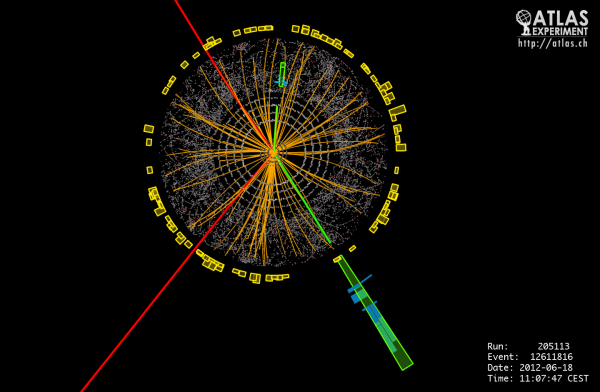
One of the exciting aspects of some fields of physics is that they involve calculating the expected time until the Universe ends or experiences fundamental shifts that would render most if not all of the ‘laws of physics’ invalid. Within the Standard Model (SM), the false vacuum state is one such aspect, as it implies that the Universe’s quantum fields that determine macrolevel effects like mass can shift through quantum field decay into a lower, more stable state. One such field is the Higgs field, which according to a team of researchers may decay sooner than we had previously assumed.
As the Higgs field (through the Higgs boson) is responsible for giving particles mass, it’s not hard to imagine the chaos that would ensue if part of the Higgs field were to decay and cause a spherical ripple effect throughout the Universe. Particle masses would change, along with all associated physics, as suddenly the lower Higgs field state means that everything has significantly more mass. To say that it would shake up the Universe would an understatement.
Of course, this expected time-to-decay has only shifted from 10794 years to 10790 years with the corrections to the previous calculations as provided in the paper by [Pietro Baratella] and colleagues, and they also refer to it as ‘slightly shorter’. A sidenote here is also that the electroweak vacuum’s decay is part of the imperfect SM, which much like the false vacuum hypothesis are part of these models, and not based on clear empirical evidence (yet).











